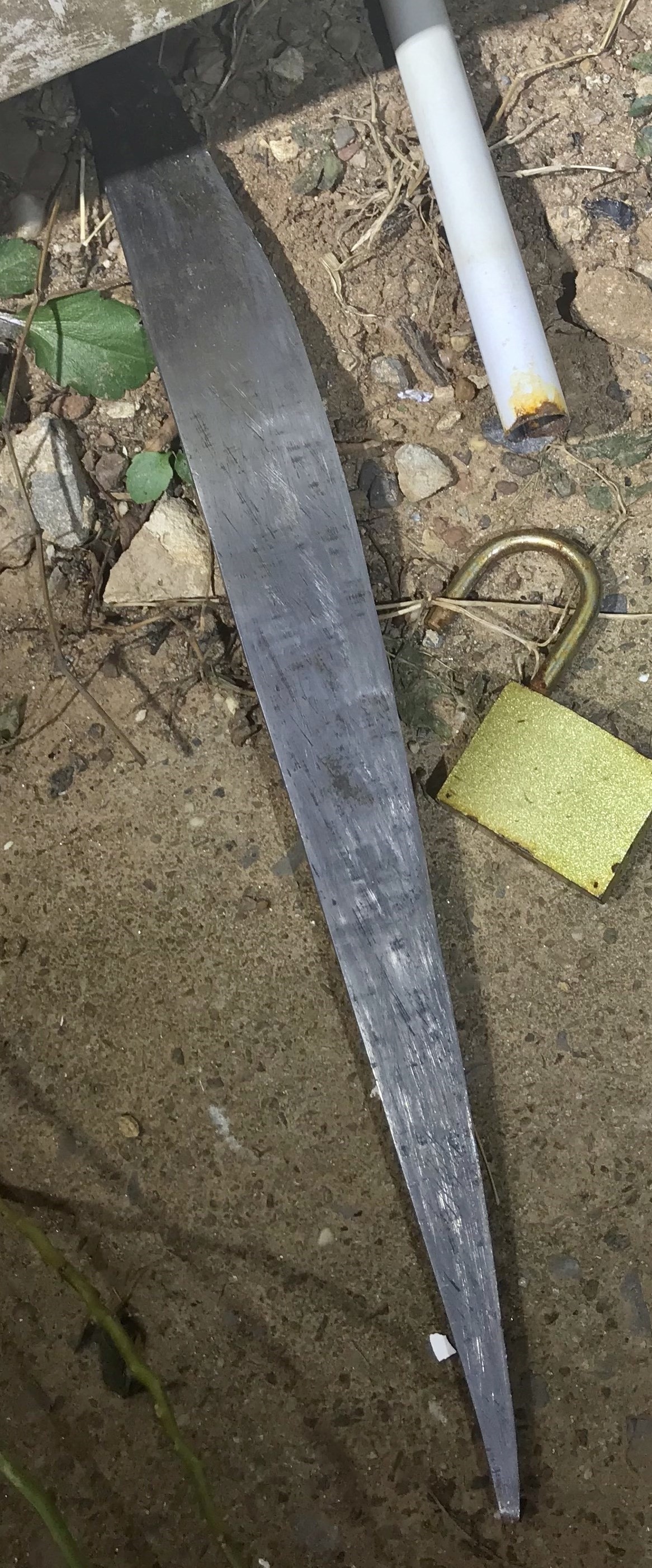NYCHA 2.0 will resolve $24 billion in repairs, and improve health and safety conditions for all residents
Mayor Bill de Blasio today unveiled NYCHA 2.0, a comprehensive plan to preserve public housing. This plan will resolve $24 billion in vital repairs to New York City’s aging public housing and ensure residents have the safe, decent and affordable homes they deserve. The ten-year plan will deliver top to bottom renovations for 175,000 residents, fund essential capital repairs across the rest of NYCHA’s portfolio, and launch aggressive new repair strategies to tackle lead paint, mold, elevators, heat and vermin.
Expanding on last month’s Section 8 Conversion plan of 62,000 units, the New York City Housing Authority will also launch three new programs, Build to Preserve, Transfer to Preserve, and Fix to Preserve. Build to Preserve will deliver roughly $2 billion in capital repairs through new development on NYCHA land, while Transfer to Preserve will deliver approximately $1 billion in capital repairs through the sale of unutilized development rights, also known as air rights. Fix to Preserve will improve services, infrastructure maintenance, and immediately address health and safety issues including heating, mold, pests, and lead.
BTP and TTP, along with the Section 8 Conversion plan announced in November, will address an estimated $16 billion in capital need at NYCHA developments. This funding, on top of the expected $8 billion in Federal, state and city capital funding, will enable the Authority to address nearly $24 billion in capital need over the next decade, or up to 75% of NYCHA’s massive $31.8 billion overall capital need. More information on these strategies can be foundhere and here.
“These are the kind of top-to-bottom renovations NYCHA residents have waited decades to see. They will make an enormous difference in the lives of the 400,000 New Yorkers who call NYCHA home and make up the backbone of our neighborhoods,” said Mayor de Blasio. “With new leadership, new resources and new programs, we are going to deliver the change NYCHA residents deserve.”
“NYCHA’s long-deferred capital and maintenance needs are among the greatest challenges we face as a city. NYCHA 2.0 addresses these challenges forcefully and at scale, leveraging public and private resources to make critical improvements both in individual units and in structures, as well as committing the agency to improve service to residents,” said Alicia Glen, Deputy Mayor for Housing and Economic Development.
“NYCHA residents need fixes in their homes, and they need them as soon as possible," saidNYCHA Interim Chair and CEO Stanley Brezenoff. “With the release of NYCHA 2.0, we now have a comprehensive plan to deliver nearly $24 billion in major repair needs over the next decade. I thank Mayor de Blasio and his Administration for their staunch support of public housing and look forward to our continued work to make NYCHA a better and more responsive landlord.”
“NYCHA is facing an existential crisis and the hundreds of thousands of New Yorkers who live in public housing need innovative solutions to big problems. I am happy to see we are getting creative and exploring all possibilities to make things better for residents. They deserve better conditions and they deserve them now,” said City Council Speaker Corey Johnson.
PACT to Preserve: Announced in November, the City is addressing $12.8 billion in overdue repairs in 62,000 NYCHA apartments – a third of NYCHA units, housing approximately 140,000 people – through public-private partnerships, including the Rental Assistance Demonstration program. All 62,000 apartments will be converted to Section 8 funding with permanent affordability, and will be maintained and operated by quality private developers. Renovations under this program have already been completed at the 1,395 apartments of Ocean Bay, with 8,900 more units in the process of resident engagement, predevelopment, or development leading to full conversion. All 62,000 units will be completed on a rolling basis by 2028.
Build to Preserve: The City and NYCHA will use a new model to build on underused public-owned land and dedicate 100 percent of the proceeds to make repairs at the surrounding development. The new building program will fund $2 billion in capital repairs across approximately 10,000 NYCHA apartments. New buildings will be subject to Mandatory Inclusionary Housing (“MIH”) levels of affordability and increase the permanently affordable housing stock. NYCHA and the City remain committed to the 10,000 new affordable units, including new senior housing, that were announced in NextGen, in support of the Mayor’s Housing New York 2.0 Plan.
Transfer to Preserve: For the first time, NYCHA will tap into its extensive unused development rights, or “air rights.” By transferring only a portion of the Authority’s approximately 80 million square feet of air rights, NYCHA expects to generate $1 billion in capital repairs for adjacent developments. The first deal is expected to be completed by mid-2019 at Ingersoll Houses.
Fix to Preserve: Building on ongoing improvements to maintenance at NYCHA, Fix to Preserve rapidly addresses five categories of problems immediately affecting residents’ daily lives:
· Elevators: By 2027, NYCHA will replace 405 elevators at 30 developments, providing reliable service to over 58,000 residents.
· Heating: NYCHA will expand on previous heat upgrades with the addition of five mobile boilers by 2019 – and full replacement of the 297 lowest-performing boilers by 2026. Further, by next year outages will be restored within an average of twelve hours.
· Pests: With the installation of door sweeps and rat slabs, and the onboarding of 20 new exterminators, NYCHA will cut the rat population by a quarter by the end of 2019, and by half by the end of 2020.
· Lead: NYCHA will test over 135,000 apartments built before 1978 by 2020.
· Mold: NYCHA will bring all roofs into a state of good repair by 2026. Under the Baez Agreement, complex repair time will drop to 15 days.
The de Blasio Administration has made an unprecedented commitment to preserve and strengthen public housing. This investment is part of the Administration’s total commitment to $2.1 billion to support NYCHA’s capital infrastructure from Fiscal Year 2014 to Fiscal Year 2027 and $1.6 billion to support NYCHA’s operations from Fiscal Year 2014 to Fiscal Year 2022. This investment includes $1.3 billion to fix over 900 roofs, over $500 million to repair deteriorating exterior brickwork at nearly 400 buildings, and $140 million to improve security at 15 NYCHA developments.
The City has also waived NYCHA’s annual PILOT and NYPD payments to the City, relieving NYCHA of nearly $100 million in operating expenses a year. In January 2018, the Mayor announced $13 million to improve NYCHA’s response to heating emergencies this winter, followed by an additional $200 million for long-term heating improvements at 20 NYCHA developments.





